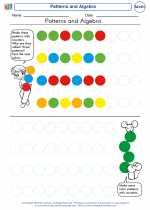Ab Pattern in Kindergarten Math
In Kindergarten math, children learn about patterns as a foundational concept. One of the basic patterns they learn about is the "ab pattern." An ab pattern consists of alternating two different elements, represented by the letters "a" and "b." These elements can be colors, shapes, objects, or any other distinguishable attributes that create a repeating pattern.
For example, in a color-based ab pattern, children might arrange a sequence of colored blocks as follows: red (a), blue (b), red (a), blue (b), and so on. This creates a visually identifiable pattern that repeats in a predictable manner.
Understanding and Recognizing Ab Patterns
Recognizing and understanding ab patterns helps children develop important cognitive skills such as sequencing, prediction, and critical thinking. It also lays the foundation for more complex patterns and mathematical concepts in later grades.
Teachers often use hands-on activities, visual aids, and interactive games to help students identify, extend, and create ab patterns. These activities can involve manipulatives, such as colored blocks, buttons, or stickers, to make the learning process more engaging and interactive.
Extending and Creating Ab Patterns
Once children grasp the concept of ab patterns, they can extend and create their own patterns using various materials and tools. This allows them to express their creativity while reinforcing their understanding of the pattern structure.
Overall, the ab pattern is an essential building block in the early stages of a child's mathematical development, and it sets the stage for more advanced pattern recognition and problem-solving skills in the future.
By mastering ab patterns, children develop a fundamental understanding of sequences and relationships, which are integral to their overall mathematical literacy.
As children progress through their math education, they will encounter more complex patterns and mathematical concepts, but the fundamental understanding of patterns, including the ab pattern, will continue to be a valuable skill.
.◂Math Worksheets and Study Guides Kindergarten. Patterns & Sorting
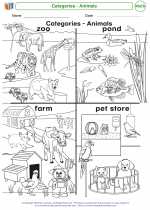
 Coloring Worksheet
Coloring Worksheet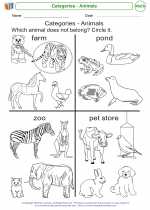
 Coloring Worksheet
Coloring Worksheet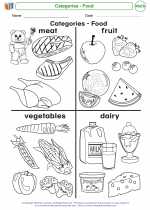
 Coloring Worksheet
Coloring Worksheet
 Coloring Worksheet
Coloring Worksheet
 Coloring Worksheet
Coloring Worksheet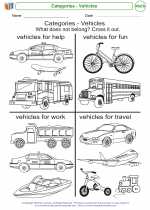
 Worksheet/Answer key
Worksheet/Answer key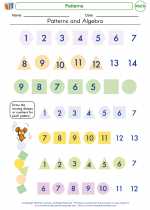
 Coloring Worksheet
Coloring Worksheet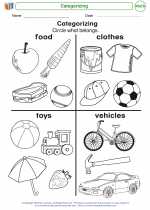
 Coloring Worksheet
Coloring Worksheet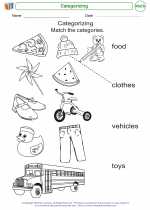
 Coloring Worksheet
Coloring Worksheet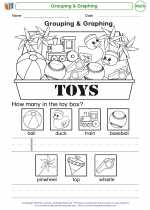
 Coloring Worksheet
Coloring Worksheet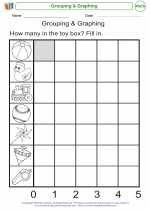
 Coloring Worksheet
Coloring Worksheet
 Coloring Worksheet
Coloring Worksheet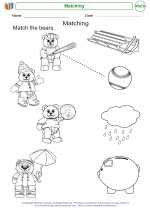
 Coloring Worksheet
Coloring Worksheet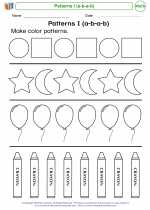
 Coloring Worksheet
Coloring Worksheet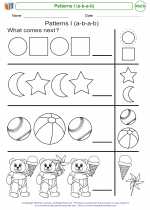
 Coloring Worksheet
Coloring Worksheet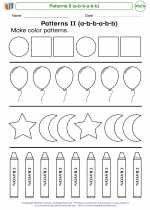
 Coloring Worksheet
Coloring Worksheet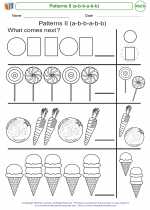
 Coloring Worksheet
Coloring Worksheet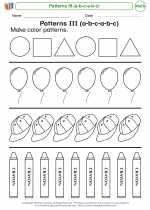
 Coloring Worksheet
Coloring Worksheet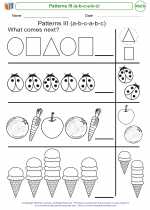
 Coloring Worksheet
Coloring Worksheet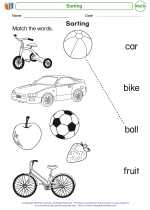
 Coloring Worksheet
Coloring Worksheet
 Worksheet/Answer key
Worksheet/Answer key